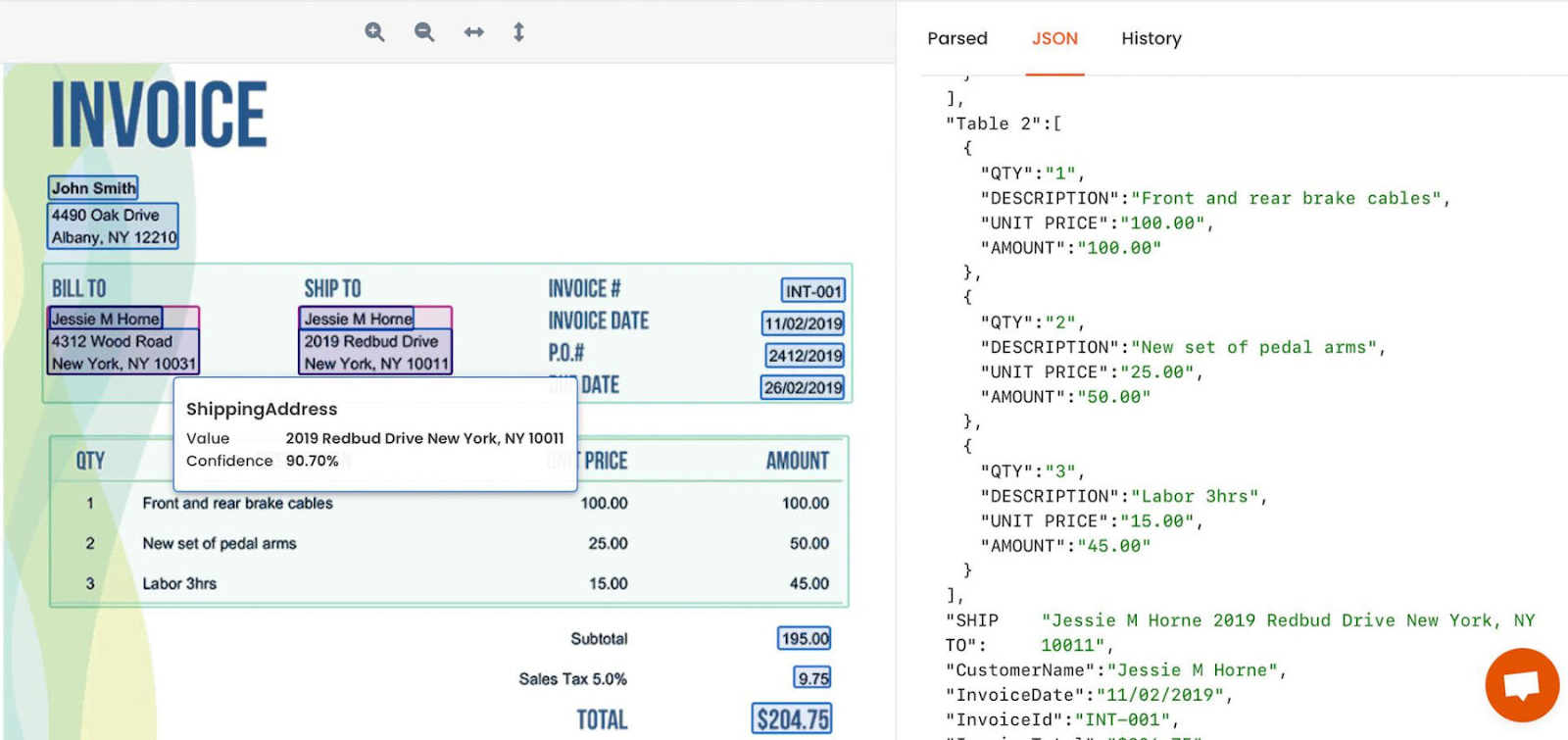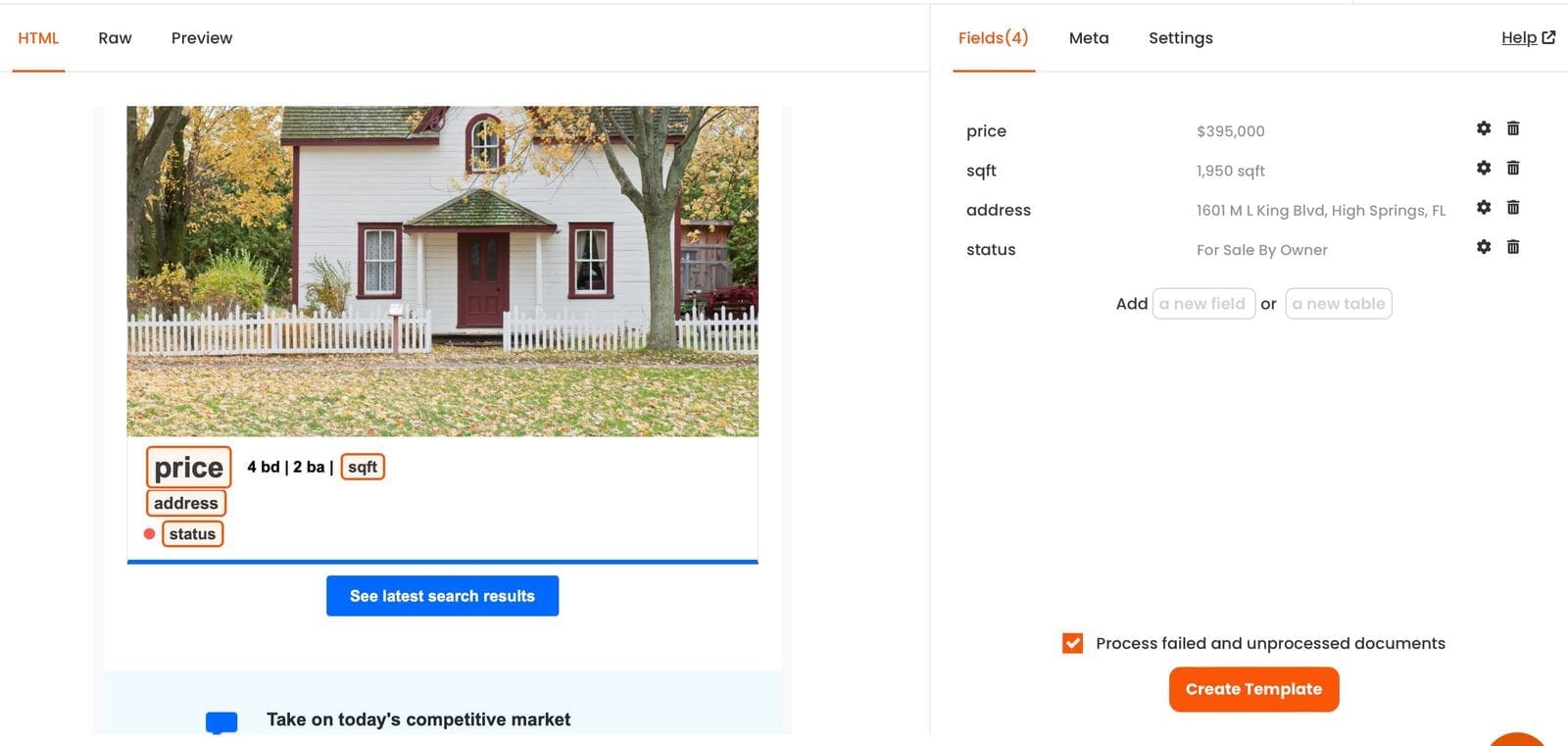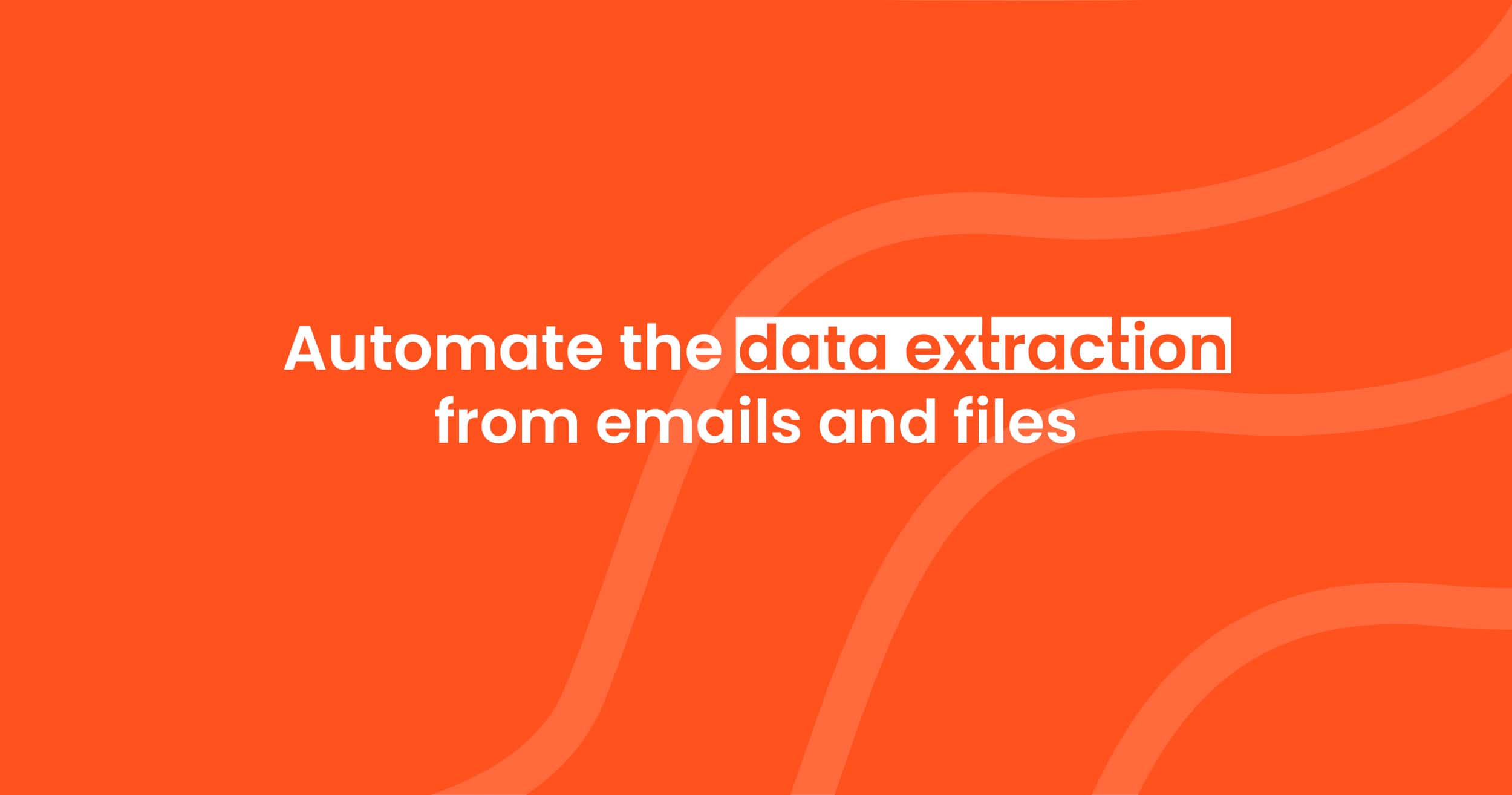Document Parsing for Small Businesses: A Quick Guide
Document parsing helps small businesses save time and reduce errors. Learn how Parsio simplifies data extraction from documents like invoices and emails.

Introduction
Running a small business is tough. You have to deal with lots of paperwork—receipts, invoices, emails, and contracts. Sorting through these documents takes time. This is where document parsing comes in handy. It helps small businesses save time by automatically extracting data from documents. In this article, we’ll explain how document parsing works and how it can help your business.
What is Document Parsing?
Document parsing is the process of extracting useful information from documents. You can think of it as a way to “read” a document and pull out key details like names, dates, and amounts. This is useful when you’re dealing with repetitive tasks like processing invoices or contracts. Instead of manually entering data, a document parser does the hard work for you.
There are many types of documents that you can parse, including:
- PDFs
- Emails
- Invoices
- Bank statements
If you want to know more about parsing PDFs, check out our complete guide to PDF parsing.
Why Small Businesses Need Document Parsing
Small businesses often operate with limited resources. Time and money are valuable, so any tool that can help save both is worth considering. Document parsing helps small businesses in several ways:
- Saves Time
Manually entering data from invoices, receipts, or contracts is slow. With document parsing, this process is automated. You can handle more tasks in less time. - Reduces Errors
Humans make mistakes, especially when they’re tired or rushed. Document parsers are accurate and consistent, reducing the risk of data entry errors. - Organizes Information
Document parsing helps you organize business information. You can quickly find the details you need without sorting through stacks of paper.
If you handle invoices in your business, you might also be interested in our article on automated invoice processing.
How Document Parsing Works
Let’s take a closer look at how document parsing works. The process is usually quite simple and can be broken down into three steps:
- Upload the Document
You upload the document you want to parse. This could be an invoice, email, or contract. Parsio makes this step easy by supporting a wide range of file formats, from PDFs to emails. - Extract the Data
The document parser scans the file and extracts important information. For example, if you’re parsing an invoice, it might pull out the vendor name, date, and total amount. - Process the Data
After the data is extracted, you can export it to a spreadsheet or your accounting software. This helps streamline your workflow and keeps everything organized.

Document parsing tools like Parsio are designed to be user-friendly, so you don’t need technical skills to get started. You can even set up templates to automatically handle similar documents in the future.
Benefits of Using Parsio for Document Parsing
Parsio is a powerful tool for document parsing. It’s especially helpful for small businesses that want to automate document processing without needing complex software. Here are some of the key benefits of using Parsio:
- User-Friendly Interface
Parsio is easy to use, even if you’re not a tech expert. The interface is simple, and you can quickly get started with document parsing. - Time-Saving Automation
Parsio automates document processing. You can set up rules and templates, so recurring documents like invoices are handled automatically. This feature is particularly useful if you receive a lot of similar documents, such as monthly invoices. - Wide Range of Document Types
Whether you’re parsing PDFs, emails, or invoices, Parsio supports a wide range of document formats. This flexibility makes it a great fit for any small business. - Accurate Data Extraction
Parsio’s document parsing is precise. It ensures that the data extracted is accurate and ready for use in your business applications.
If you're looking for more information about the best tools for document extraction, check out our article on top document extraction tools.

How to Get Started with Document Parsing on Parsio
Ready to start document parsing with Parsio? Here’s how to do it:
Step 1: Sign Up for Parsio
Go to the Parsio website and create an account. The sign-up process is quick, and you can start using the platform in minutes.
Step 2: Upload Your Document
Once your account is set up, you can start uploading your documents. Parsio supports various file types, including PDFs and emails.
Step 3: Set Up Parsing Templates
If you have recurring documents, such as monthly invoices, you can create templates in Parsio. This way, Parsio will automatically parse similar documents in the future.

Step 4: Extract and Export Data
After uploading your document, Parsio will extract the data. You can then export the parsed information into a spreadsheet or other business tools you use.
For more information on how to automate email data extraction, you can read our guide on how to automate dataextraction from emails.
Conclusion
Document parsing is a game changer for small businesses. It saves time, reduces errors, and helps organize important business data. By using a tool like Parsio, you can automate repetitive tasks and focus on what really matters—growing your business.
If you want to try document parsing for your business, sign up for Parsio today and see how it can transform your workflow.

